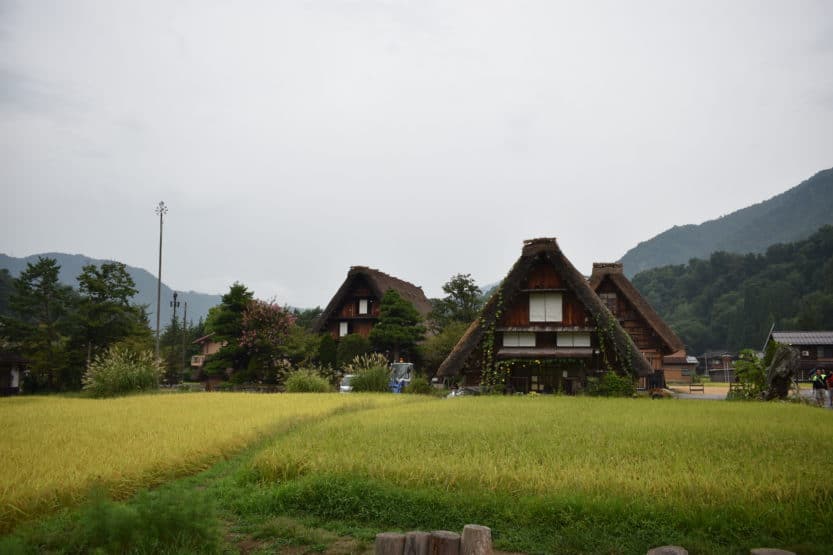
Japan tends to be seen as a daunting country that is filled with megacities where millions of people live. During your visit to Japan, you might want to leave those energetic cities behind for just a day and escape into the countryside. If that’s the case, the mountain village called Shirakawa-go is the perfect day trip destination for you.
In this blog post
- What is Shirakawa-go?
- How to get there by public transport
- How to get around in Shirakawa-go
- Why you need to take a day trip there
- When to visit Shirakawa-go
What is Shirakawa-go?
Shirakawa-go is a historical mountain village located within the city of Shirakawa, in central Japan (Gifu Prefecture). The village is mostly known for its traditional farmhouses with thatched roofs, constructed in the gasshō style.
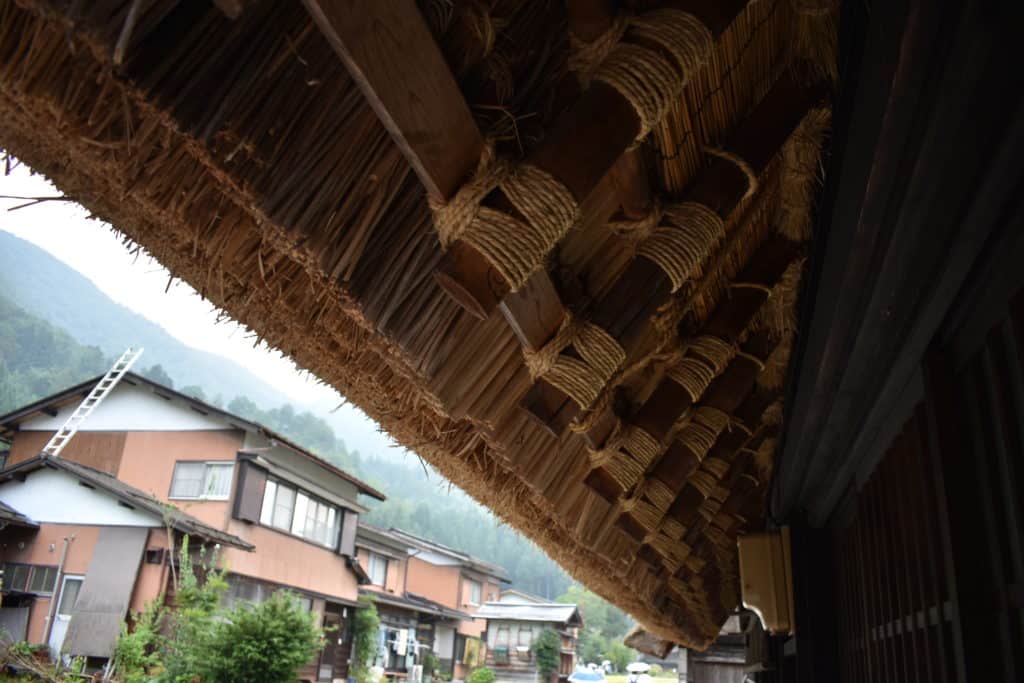
Shirakawa-go, just like its neighbouring village Gokayama, heavily depends on seasonal tourism for its income. The villages are located in a remote valley, surrounded by rugged mountains. This valley is known for its heavy snowfall in the winter months. Both villages became UNESCO World Heritage sites in 1995.
How to get to Shirakawa-go by public transport
Yes, you could rent a car and drive to Shirakawa from wherever you are staying. However, car rentals in Japan tend to be more expensive than elsewhere (and much more expensive than using public transport) and they’re a huge pain when you’re travelling in and around big cities. And I’m not even going to mention finding a parking spot.
If you can, avoid renting a car and take public transport instead. It’s usually a hell of a lot cheaper, it’s easier and it’s better for the environment.
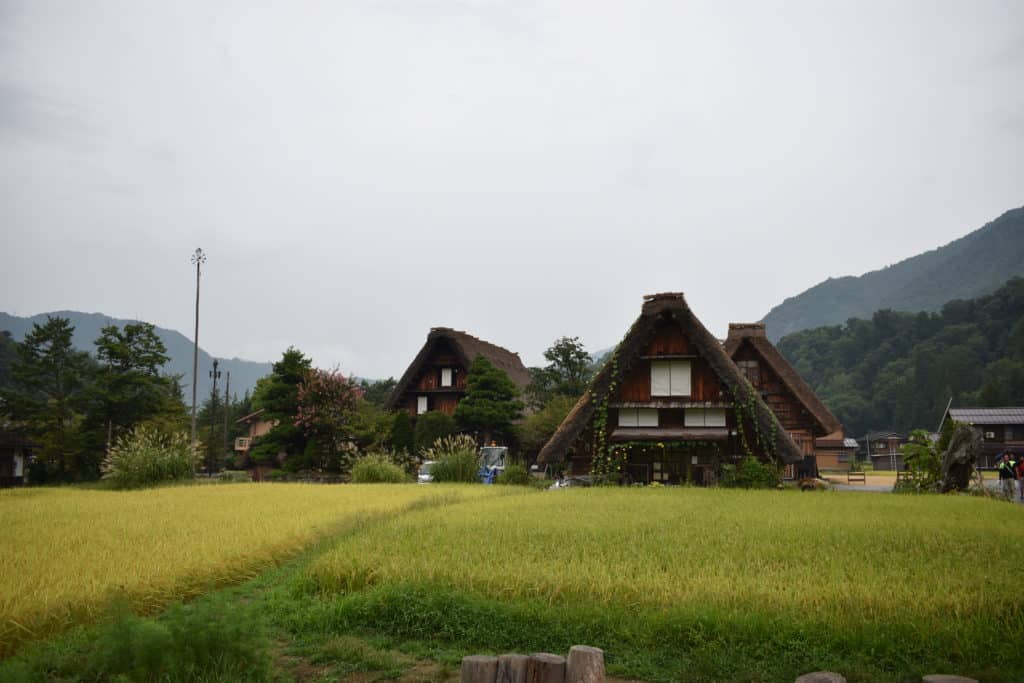
Travelling by train in Japan
Crossing long distances by public transport in Japan is not that difficult, once you get an idea of how it all works. First off, I highly recommend you get a JR Pass. This pass is only available to foreigners visiting Japan and it covers all JR trains and some extras like a ferry to Itsukushima. It might seem expensive at first, but it’ll still be cheaper than paying every train individually if you’re staying for at least a week. Yes, the trains in Japan really are that expensive.
You might still be confused as to how to interpret the train system in Japan, but it’s pretty easy to get the hang of. Just click the link and read the information about trains in Japan (the page says Osaka, but it’s the same throughout the country).
Kanazawa to Shirakawa
One of the closest major cities to Shirakawa-go is Kanazawa, which means it’s the perfect basis for a day trip.
Take the Hokutetsu Bus from bus stop 2 at the bus terminal of Kanazawa Station (East Gate) bound for Shirakawa-go. The bus ride will take about 1 hour and 20 minutes. A one-way ticket costs 1,850 yen (about €14.50 / £13 / $16.50) for adults and a return ticket costs 3,290 yen (about €25.50 / £23 / $29). Tickets can be booked at the Kanazawa Station Transport Information Center.
Toyama to Shirakawa
From JR Toyama Station, take the Nohi / Hokutetsu / Toyama Chiho Tetsudo Bus bound for Shirakawa-go. The bus ride will take about 1 hour and 30 minutes. A one-way ticket costs 1,700 yen (about €13 / £12 / $15) for adults and a return ticket costs 3,060 yen (about €24 / £21 / $27). You can make online seat reservations.
Nagoya to Shirakawa
From Nagoya Meitetsu Bus Center, take the Gifu Bus bound for Shirakawa-go. The bus ride will take just under 3 hours. A one-way ticket costs 3,900 yen (about €30 / £27 / $34.50). You can make online seat reservations.
Kyoto & Osaka to Shirakawa
Take the JR Thunderbird limited express train from Osaka Station to Kanazawa Station. In Kanazawa, transfer to the Nohi / Hokutetsu Bus bound for Shirakawa-go. The whole trip will take about 4 hours. A one-way ticket, assuming you have a JR Pass to cover the cost of the Shinkansen, costs 1,850 yen (about €14.50 / £13 / $16.50) for adults and a return ticket costs 3,290 yen (about €25.50 / £23 / $29).
For travellers coming from Kyoto: take the JR Thunderbird limited express train from Kyoto Station to Kanazawa Station, and then transfer to the same bus mentioned above.
Since the travel time from Kyoto and Osaka to Shirakawa is so long, you might want to consider staying in Kanazawa for a night to make the whole experience a bit more pleasant and make your schedule less packed. You might also want to reconsider a day trip to Shirakawa altogether if you don’t think you’ll be able to deal with this.
Tokyo to Shirakawa
From Tokyo Station, take the Hokuriku Shinkansen bound for Kanazawa and get off at Toyama Station. There, transfer to the Nohi / Hokutetsu / Toyama Chiho Tetsudo Bus bound for Shirakawa-go. The whole trip will take about 3 hours and 30 minutes. A one-way ticket, assuming you have a JR Pass to cover the cost of the Shinkansen, costs 1,700 yen (about €13 / £12 / $15) for adults and a return ticket costs 3,060 yen (about €24 / £21 / $27). You can make online seat reservations.
Again, you might want to consider staying in Kanazawa or not doing this day trip from Tokyo because of the long travel time.
How to get around in Shirakawa-go
Since the village itself isn’t very big, the most logical way to get around Shirakawa-go is on foot. Besides, walking through this town will be the best way to experience what it really stands for.
Other than walking around the quaint streets, there’s also a vantage point up one of the mountains. You can walk all the way up there through a walking trail through the forest (caution: this trail is closed in heavy snow), but we saved some time – and energy – by taking the bus up to the viewpoint.
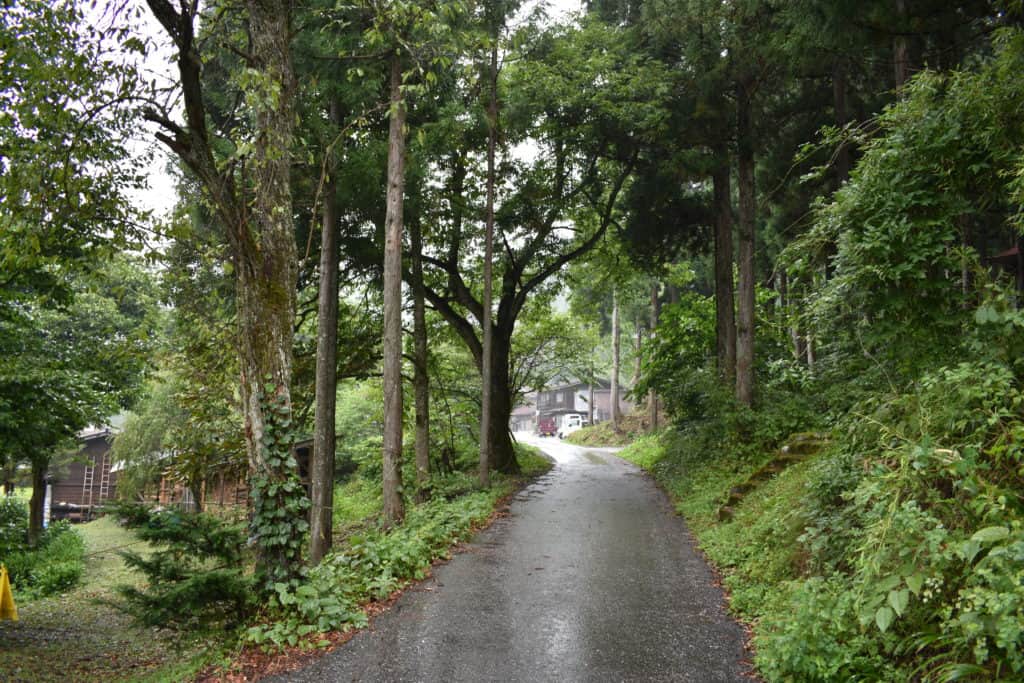
The bus stop for the shuttle bus is located right in the middle of the village, on the main road (which is closed to traffic between 9 am and 4 pm every day. It’s very easy to find the shuttle bus. A return trip will set you back 200 yen and the bus runs 3 times every hour.
Why should I take a day trip to Shirakawa-go?
Do you want to be transported back in time? Go to Shirakawa. Have you ever wondered what traditional Japanese architecture looks like? Go to Shirakawa. Do you want to hear the birds sing and see the snow fall in a quaint mountain village? You guessed it: go to Shirakawa.
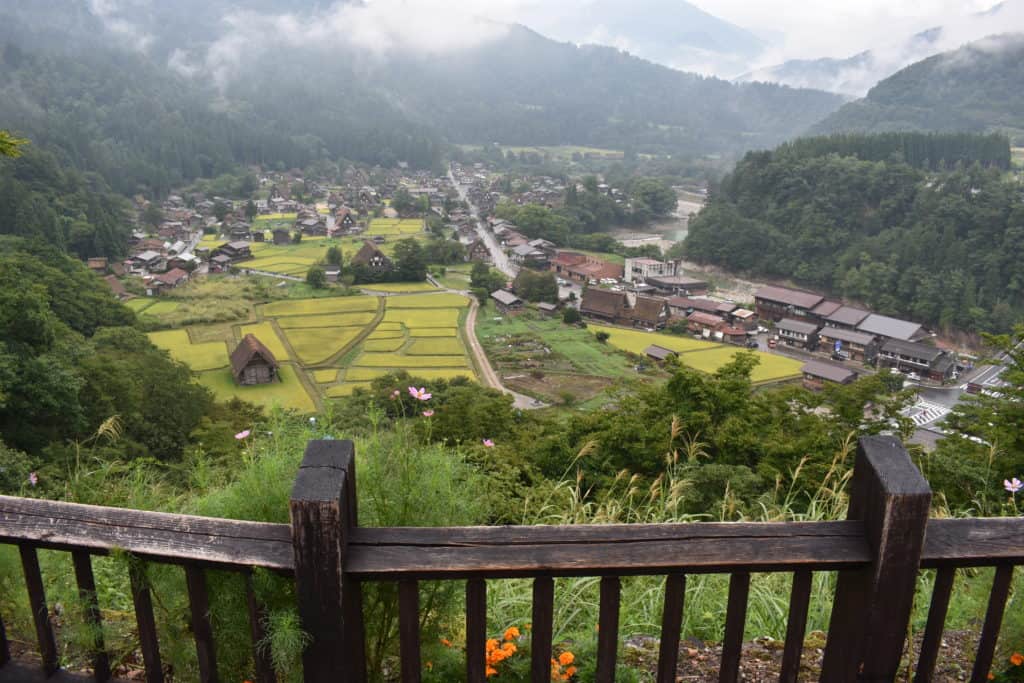
Here are some things that make the day trip to Shirakawa-go worth it:
- The enchanting atmosphere of the village surrounded the mountains
- The observation deck where you can take gorgeous pictures of the village
- The nature surrounding the village
- The river that runs alongside the village
As I mentioned above, it’s very easy to get to the observation deck where you can get a magnificent view of the village and the river that runs through it. It’s more than worth it, even if it’s just for the Instagram pictures.
When to visit Shirakawa-go
Shirakawa-go is one of those destinations that can be visited at literally any time, depending on your personal preferences. Here’s a quick useful overview of what happens when and when you should plan your visit to Shirakawa.
Shirakawa-go during winter
The village lights up in the winter, which leads to gorgeous views. It’s arguably the most popular season to visit Shirakawa-go, but that also means that there are more tourists among you.
Recently, the popularity of this light-up event has even caused the city to limit the number of visitors they allow into the village to still be able to ensure a pleasant experience for everyone.
By the way: the reason why the huts and houses in Shirakawa-go are constructed with steep thatched roofs is because that construction is able to handle large amounts of snow, which the valley is known for.
Shirakawa-go during spring
Let me paint you a quick word picture. The thatched roofs of a mountain-surrounded valley village and cherry blossom trees. That’s it. That’s the whole picture. Because it’s all the reason you need to visit Shirakawa-go during spring.
Shirakawa-go during summer
While summer is probably the least popular season for this tourist attraction, it also means that there won’t be as many other tourists there with you.
But still, it can be very impressive to visit the village under a clear summer sky, with all the flowers and trees around the village in full bloom. Also, it’ll be easier to take pictures of the picturesque scenery with this summer lighting.
Shirakawa-go during autumn
One of the best places to really experience what autumn is like in Japan is without a doubt Shirakawa-go. In the village, you can marvel at all the maple trees in full glory with their reddish brown autumn coloured leaves.
I won’t even have to convince you with any more words after you check out these pictures by Stewie Overseas.
We visited Shirakawa-go just before the autumn, but the weather was more than autumn-ish. It was cold and it was raining, but the village was still enchanting AF.
Have you ever been to Shirakawa-go? What did you think of it? If you haven’t been there, which season would you prefer? Let me know in a comment! I’d love to hear from you.
Thanks for reading!
-S
PIN IT!







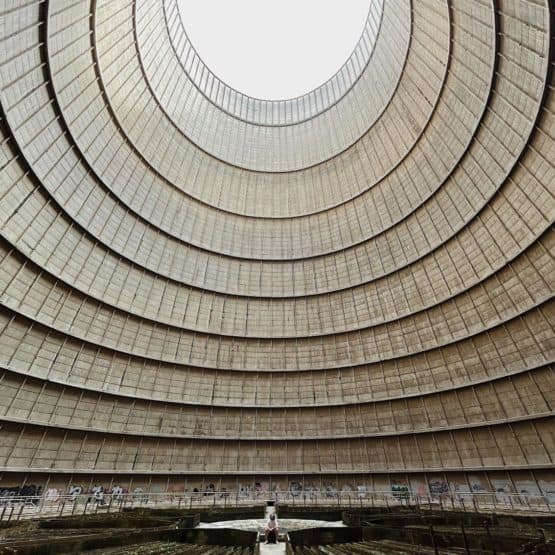

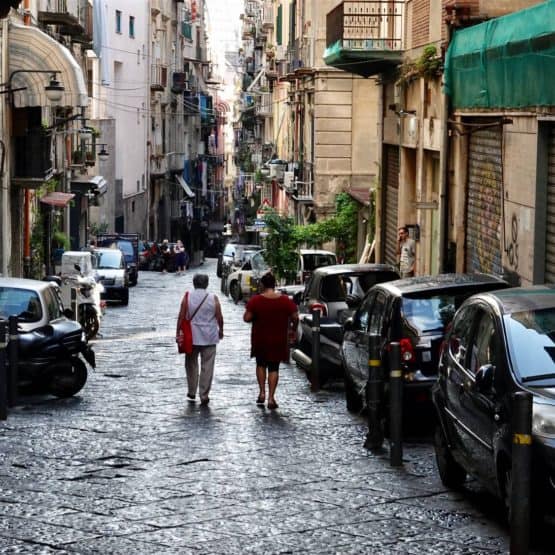

Crystal
November 21, 2018 at 2:51 amI mean it has go right in the name! That’s more than enough of a reason for me to visit, ahahaha. Seriously though, I really like the fact that they limit the amount of visitors during their high season of Winter. I mean, there may be some disappointment if you haven’t booked in time but in the long run it will be way more pleasant than sifting through thousands of other tourists. I will add this to my list for Japan!
Sander
November 21, 2018 at 9:35 amRight? It’s really smart of them to limit the amount of visitors. Although it may disappoint some people, it will be better for them in the long run and it will give the people who are allowed in a much more pleasant experience.